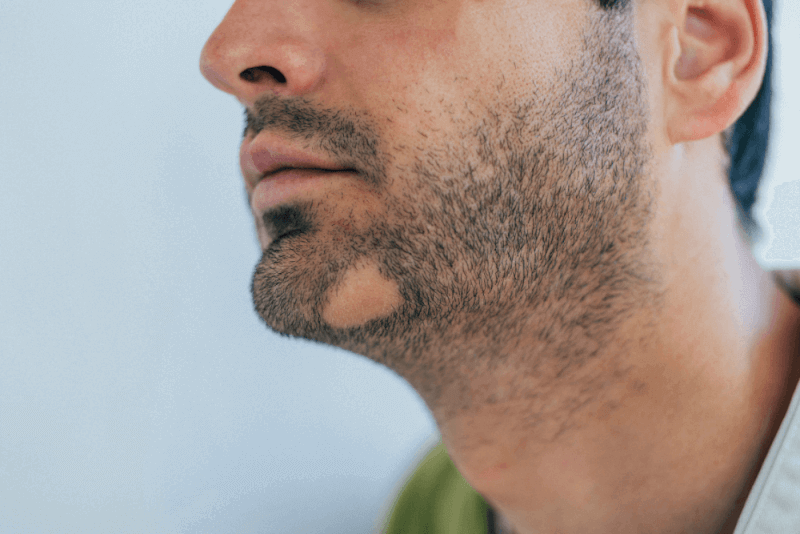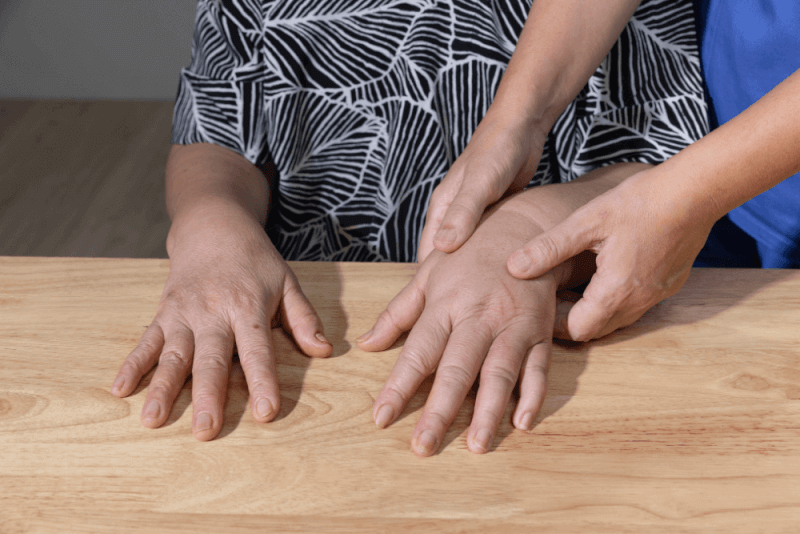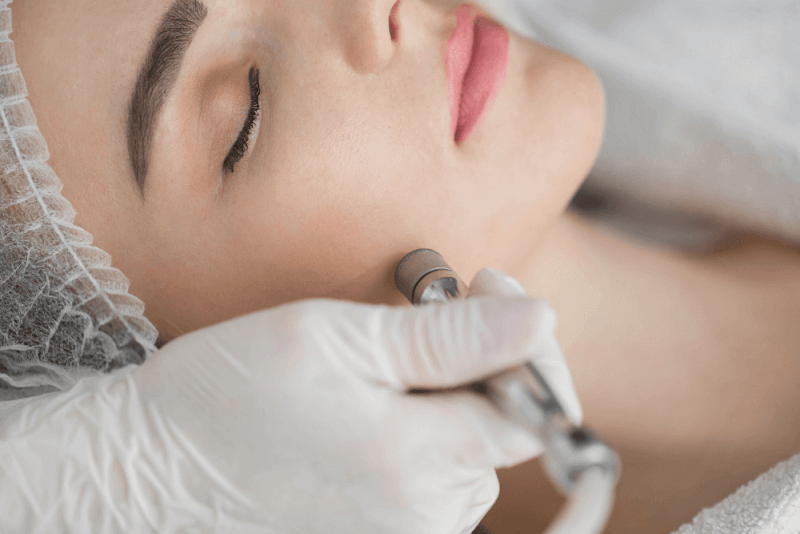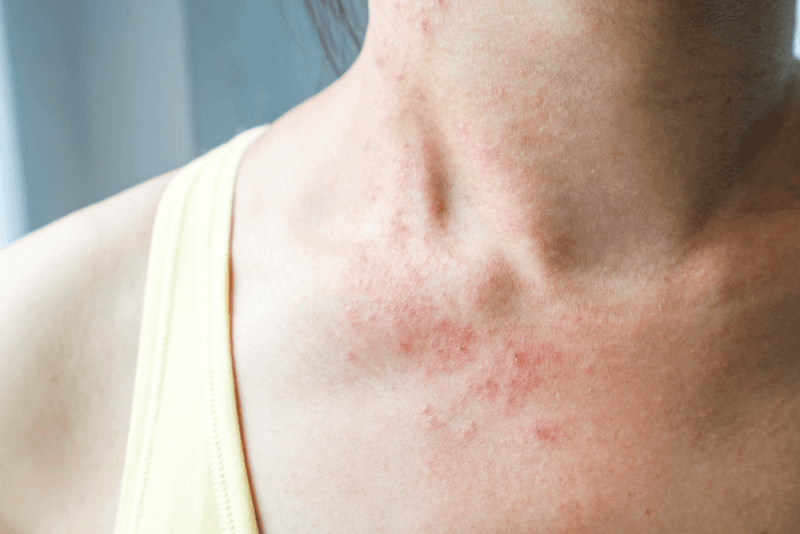What is Beard Alopecia?
Beard alopecia, also known as alopecia areata when it occurs in the beard area, is a condition where hair loss happens in attacks, typically due to psychological factors.
These attacks cause coin-sized circular hairless patches in the beard area. Although beard alopecia can also cause hair loss on the scalp, it generally affects the hair on the chin, cheeks, and mustache area more.
Diagnosis Methods for Beard Alopecia
There are no specific diagnostic procedures for beard alopecia. Dermatologists usually diagnose it by observing the symptoms and the occurrence of sudden hair loss.
Causes of Beard Alopecia
The exact cause of beard alopecia is not known, but it is often seen to be genetically inherited. It can occur in young individuals and those with a family history of the condition. Additionally, autoimmunity and the immune system play significant roles in its occurrence.
Allergic diseases, psychological factors, thyroid and diabetes, as well as high stress, can also cause beard alopecia. Besides these, individuals with unhealthy and irregular diets who suffer from vitamin and mineral deficiencies may also trigger beard alopecia.
Symptoms of Beard Alopecia
Symptoms of beard alopecia include:
- Coin-sized hair loss in the beard area
- Coin-sized hair loss in the mustache area
- Hair loss worsened by stress and anxiety
Treatment Methods for Beard Alopecia
Beard alopecia usually resolves on its own within a few months. The typical treatment for beard alopecia involves the use of cortisone. Cortisone-containing medications can be applied topically or injected into the affected areas. However, if the hair does not regrow in the affected areas, the following treatments may be applied:
- Minoxidil
- Anthralin
- Cyclosporine
If these treatments fail, hair transplantation is considered the most suitable treatment option.








